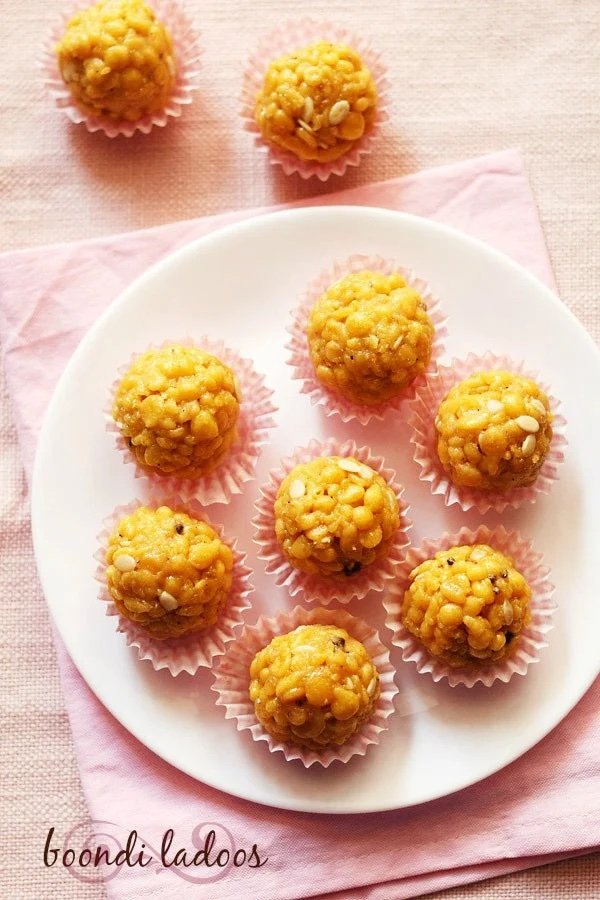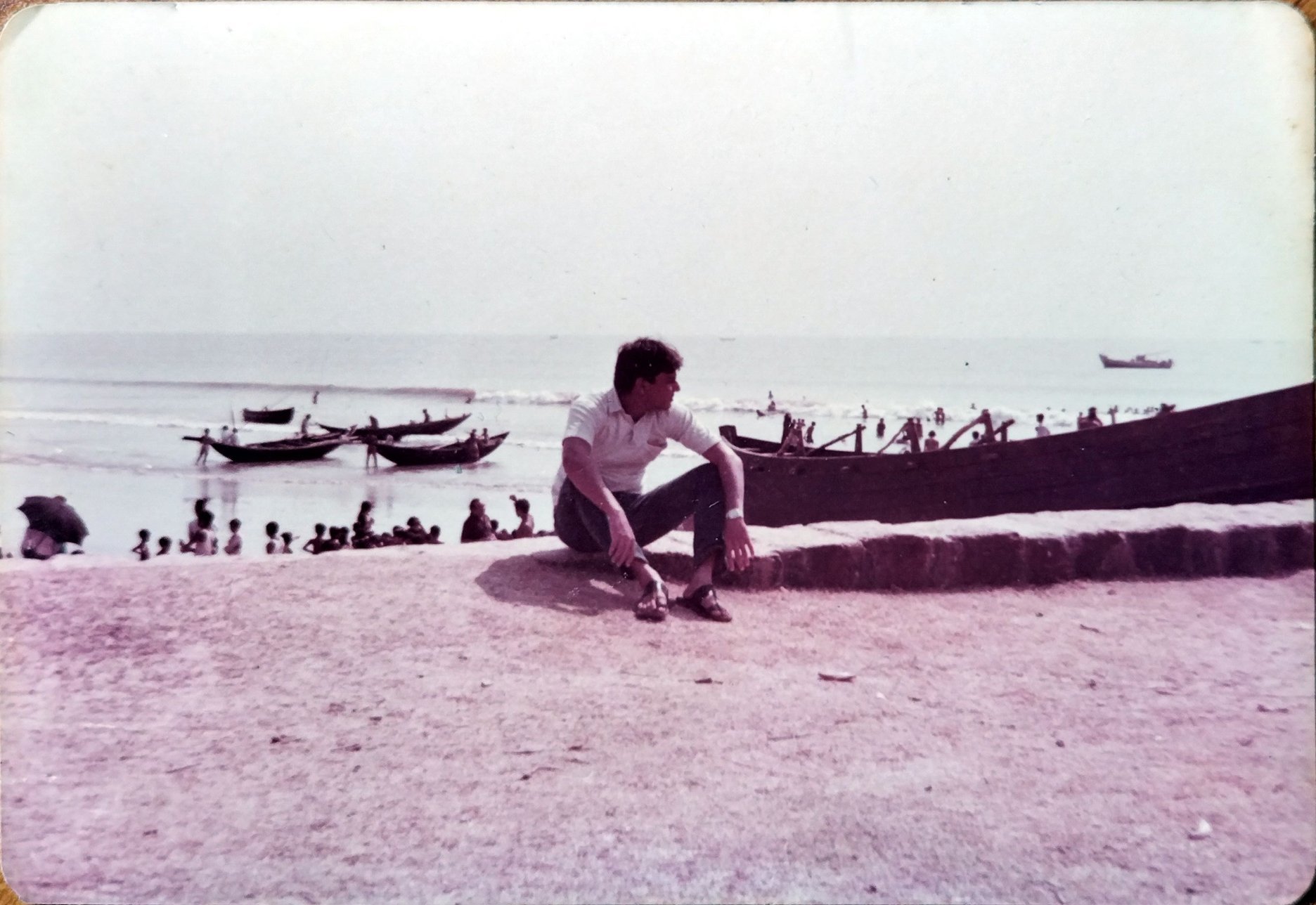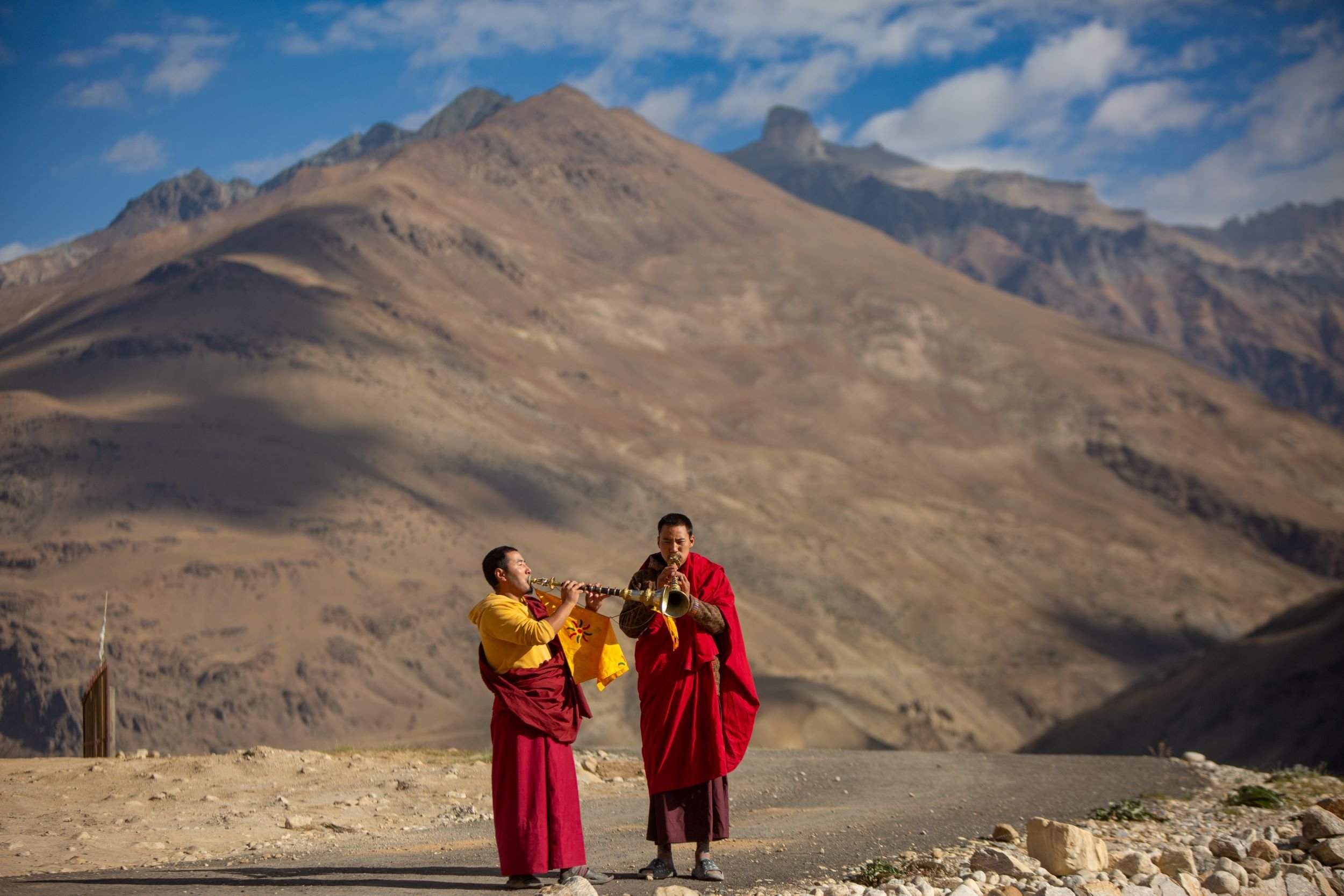The Fascinating Story of Camphor

Camphor is one of those shape-shifting compounds that is ubiquitous, and has been prevalent throughout history. In its many avatars, it has been used as a fumigant during the era of Black Death, an ingredient in Vicks and perfumes and lastly, in its edible form as a culinary ingredient.
In the Tamil calendar, the month of Aadi falls between July and August, and the 18th day of this month is celebrated as Aadi Perukku or Padinettu Perukku. The word Perukku means rising and Padinettu denotes the number 18. The festival is celebrated in honour of our water bodies, worshipping them and praying for the abundance of the elixir of life.
A common ritual for Aadi Perukku involves making varieties of rice-based dishes and eating them by the riverfront. As Aadi Perukku continues to be celebrated today, many of us feast on a carb-heavy diet away from the rivers and the significance of the ritual in our urban homes.
My standard menu for Aadi Perukku is tamarind rice, lemon rice, coconut rice and a rice-based dessert that usually turns out to be sakkarai pongal. Making sakkarai pongal involves adding jaggery to cooked rice and lentils to create this creamy comfort food of a dessert. There is a certain poetry to this dish, which I have never been able to crack. Something is always amiss, and only once, for Aadi Perukku about seven years ago, did I turn this humble dessert into a mellifluous saga. On that day, my pongal stars were perfectly aligned, and I have since tried to recreate the magic for every harvest festival, Pongal or for Aadi Perukku, only to be disappointed. I recently rediscovered the one tiny ingredient that can elevate the status of my sakkarai pongal, bringing it close to perfection.
And that ingredient is edible camphor.
Kesari that uses camphor as an ingredient
Image credit: Dassana Amit
Sweet pongal
Image credit: Dassana Amit
Camphor 101
In a nutshell, camphor is a white, sweet-smelling, waxy substance which is obtained naturally from various trees such as the camphor laurel tree (or just camphor tree), the Borneo camphor tree, the East African camphorwood tree and the camphor basil, which is also known as kapoor tulsi in India and is a potent medicinal herb. But camphor is also present in various aromatic plant species. For example, the GI tagged Coorg Green Cardamom from Karnataka is known for its distinct camphor-like aroma. There is also the synthetic camphor which is made from turpentine oil. Edible camphor comes from natural sources.
When I first began digging into the camphor’s past, I realised that the compound is similar to a great actor who can play several roles successfully. Among some of camphor’s notable mentions are — a fumigant during the era of Black Death, an ingredient in Vicks, used in perfumes and embalming liquid alike, used to ease inflammation and joint pain, used for its insecticidal properties and to treat cough. Camphor does it all and does it with panache. But, camphor’s once prominent role, which is now becoming a footnote in our culinary chronicles, is its edible form.
In the year 1950, seemingly perplexed by India’s lack of efforts in producing the raw material for natural camphor, P.N. Deogun,, then Deputy Conservator of Forests, wrote one of the most comprehensive accounts about the substance in a research paper. “Most of us are familiar with camphor but only a few know its history and value,” he stated right at the beginning. Seven decades since, Deogun’s statement still seems relevant.
The History of Camphor
Deogun explained that camphor’s existence amongst us dates back centuries, and the first known camphor was scraped from the trunks of felled Borneo Camphor trees in the Malay region. Other sources of camphor, such as the Ngai camphor, which is used in Chinese folk medicine, were also discovered later. Camphor was also used in the first-ever version of ice cream made during the Tang dynasty (618-907 AD). In the ninth century (or perhaps earlier) he speculated, camphor began to be extracted by distilling the leaves and wood of the camphor tree (Cinnamomum camphora). The camphor tree is native to Japan, Northern Vietnam, Taiwan and China. It is also known to be cultivated in other parts of the world. But it is the camphor trade from the erstwhile Republic of Formosa (now Taiwan) that marks a significant, albeit perilous, period in its history.
A short-lived republic, Formosa was known for its rich natural resources. In the 18th century, when Formosa was under the Qing dynasty, the Chinese imposed a monopoly of the forest products, including camphor. So brutal were the rules that about 200 people were decapitated in 1720 for violating them. While the monopoly was abolished in 1868, it was reinstated after the Japanese captured the island, in 1899. A written account of the impacts of this monopolization published in 1932 refers to the camphor tree as ‘one of the most valuable in the world’. As a result of Japan’s monopolization and the increase in camphor’s price, which was now a crucial ingredient for gunpowder (yep, that too!) and photographic films, synthetic camphor was invented.
In the middle of this upheaval, India was trying to work on its camphor production. Between 1882-83, a Lucknow Horticulture Gardens report claimed to have witnessed successful cultivation of camphor-producing trees in the region. But this success was short-lived, explained R.N.Chopra and B. Mukherjee of the School of Tropical Medicine, Calcutta (Kolkata) in a research paper published in 1932. The authors examined the cultivation of ‘camphoraceous trees’ in the country and concluded that yields from trials made in India did not match those of camphor trees growing in Japan and Formosa. The writers expressed concern that as synthetic camphor becomes more common, the natural product may completely cease to exist. Looks like Deogun was not alone in his lament, and considering India’s long love affair with natural camphor, it does seem justified.
Edible Camphor
Camphor in India’s Culinary History
India’s culinary history is peppered with several mentions of edible camphor. K.T. Achaya writes that the karpura (kafür) is one of the four Sanskrit derived words found in the Quran and it may have an indigenous origin or may be derived from the Javanese Kapur. Apart from religious usage, Indian medical texts mention both indigenous and imported camphor, but British traveller Ralph Fitch documented in 1585 AD that camphor was widely used in India, and most of it came from China. Fourteen years after Fitch’s observation, Dutch merchant Jan Huyghen van Linschoten noted that affluent Indians chewed on opium leaves along with various ingredients, including camphor. Camphor’s distinct aroma earned it a place in pancha-sugandha, a fragrant medley of cardamom, clove, nutmeg, mace and edible camphor, writes Collen Taylor Sen, the filling which into the betel leaves of the wealthy.
Manasallosa, the 12th-century compendium of King Someshwara III, refers to a sikharini, a predecessor of sorts to the shrikhand, in which thickened curd is mixed with spices like clove, pepper, cardamom and other ingredients like ginger, jaggery and honey before stirring in edible camphor. Edible camphor is also included in the sweet and fruit juice recipes documented in Lokopakara, a Kannada encyclopaedia written in 1025 AD by Chavundaraya II. Pickle recipes from the region documented in 1130 AD also mention camphor.
The fragrant ingredient finds itself alongside rosewater, cardamom and cloves in the late 15th-century culinary collection of the Sultans of Mandu (central India) – Ni’matnama. Apart from documenting a method to distil camphor, Ni’matnama also shares recipes of sweet and savoury samosas and pilaf where camphor is used, and a version of kheer where rice flour is cooked in milk and flour and garnished with camphor, musk and cardamom. These are a few of the many, many historical recipes that mention camphor.
Camphor in Indian Cooking
For popular south Indian food blogger, Rajeswari Vijayanand of Rak’s Kitchen, edible camphor is one of the three secret ingredients that makes her sakkarai pongal smell and taste divine! On her blog, Vijayanand shares fond memories of making the pongal in a temple with her mother. “I didn't plan for such a long post when I initially sat down to write the recipe, said Vijayanand. "I couldn't help but share those beautiful memories and what makes my mother's pongal so flavourful and special. My mother always says that edible camphor is one of the main reasons for the typical temple style flavour," she added.
But it’s not just sakkarai pongal that receives edible camphor’s benevolence. Vijayanand also includes the ingredient in boondi laddoo (gram flour laddoos), panakam (drink made of jaggery), panchamritam (a sweet mix banana, dates, raisin, brown sugar and honey) and sweet aval or flattened rice.
Dassana Amit of Dassana’s Veg Recipes said that edible camphor adds a dash of magic to any sweet dish, with just a pinch pervading the entire sweet like a subtle perfume. “I usually add it in Indian sweets like suji halwa, rava kesari – semolina-based sweets, kheer or payasam (porridge), laddoos like boondi, rava and besan ladoo,” she said, stating that it is mainly used during festivals and when there is a pooja at home.
Boondi ladoo
Image credit: Dassana Amit
While listening to these accounts for the first time, I realized that edible camphor is no longer one of those mandatory ingredients that dictates the making of a sweet dish. The women in my family use it occasionally, but no one asks you to make a quick last-minute trip to the grocery store to buy edible camphor. And no one asks you where it comes from.
Armed with some essential camphor knowledge, I looked for edible camphor in my local grocery store. I found myself face to face with an unknown brand. The label was a white piece of paper that simply stated ‘Pacha Karporam’ with a few minor details. Bereft of lofty claims that have become a common sight in our food world, this bottle of edible camphor seemed to solicit trust in just its name. When I reached out to edible camphor manufacturers, I found that many of them were reluctant to talk about the source of their product or the processing. Hyderabad-based Ambica and Anurag were an exception. Lohitha Garlapati of the organization explained that they source camphor oil from China and further process it to make pure edible camphor. Somewhere Chopra and Mukherjee’s prophecy has come true as many of India’s leading manufacturers produce mainly synthetic camphor.
But hopefully, that is all about to change. In 2015, researchers from the Kerala Forest Research Institute identified a new tree species in the Agsthyamalai Hills, which is characterised by the intense aroma of camphor in its bark and leaves. Talking about the discovery Dr P. Sujanapal, Senior Scientist at the Institute, said that the species is named Cinnamomum agasthyamalayanum after its place of origin and the intense camphor aroma indicates a high content of the volatile oil. “We frequently explore forest areas for various purposes – to assess tree growth, to understand the biodiversity and to study the ecological aspects. One of our team members, Dr A.J. Robi, is focusing on the Laurel species in south India and camphor trees belong to this family. It was during his fieldwork that we encountered this tree.” Sujanapal further explained that while the new camphor tree is a potential candidate for camphor production, its population needs further assessment.
Edible camphor comes to us with a fascinating past, having witnessed some momentous historical events. The sweet-smelling, sorcerer of an ingredient has been adding a dash of magic to our desserts for ages. Apparently, venerability is not just the trait of the end product but also its source. In Japan, there are camphor trees that have lived on this planet for 1000+ years. Some of them even survived the atomic bombing of 1945. The Japanese term for such trees is Hibakujumoku or survivor trees. I am wondering if there is a better word to summarise camphor’s journey amongst us. You know what, survivor does sounds pretty accurate.
Sharmila Vaidyanathan is a freelance writer based in Bangalore, India. She explores food entrepreneurship, sustainability, and environmental conservation through her writing. Her work has appeared in Nature inFocus, Scroll, Goya, Hakai Magazine, Whetstone, Inkline and others.
ALSO ON THE GOYA JOURNAL











